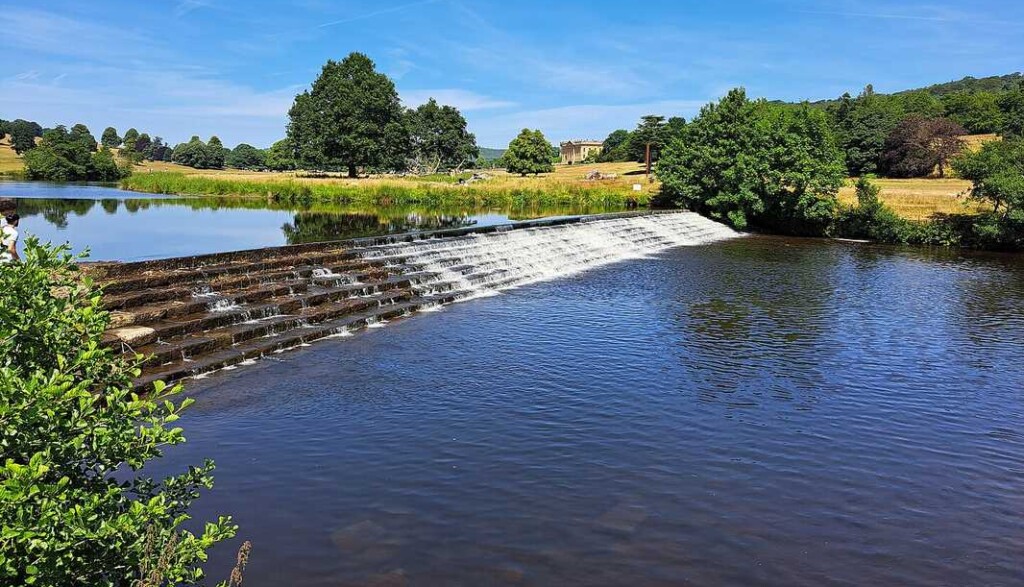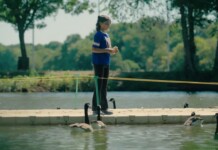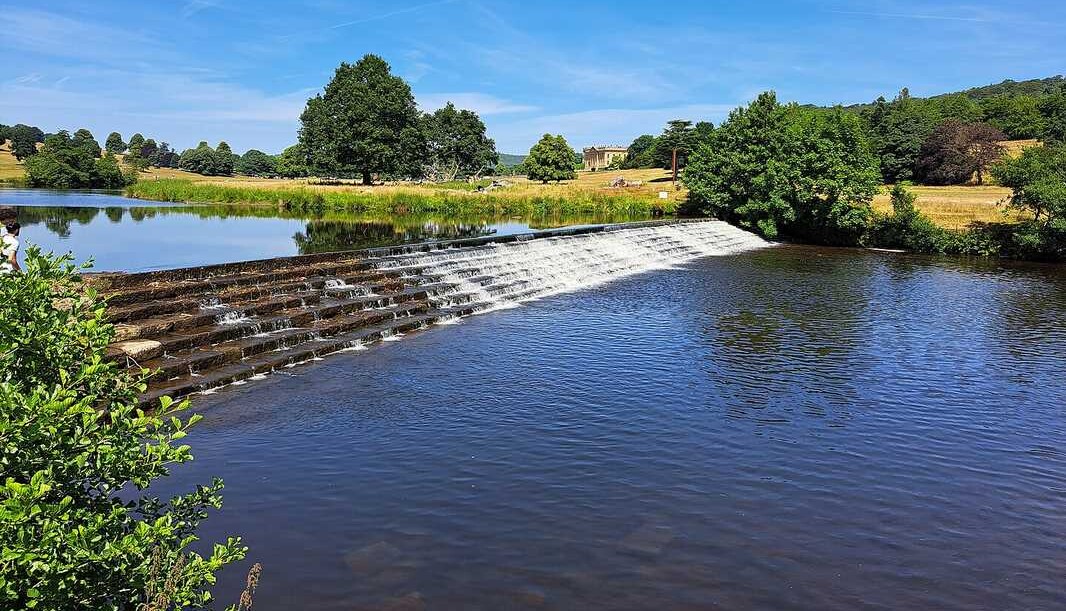
In the north-central English county of Derbyshire, the removal of a dam has hundreds of salmon swimming up a beloved river once again.
It’s the first time in 100 years that salmon have reached so far up the River Derwent, and it’s caused quite a stir among the locals.
While the industrial activity in the East Midlands which first drove Atlantic salmon out of the Derwent is now gone, there were still weirs and other obstacles the fish can’t overcome on their journey upstream.
After years of feeding in the ocean, the incredible salmon can return hundreds of miles upstream to find the same stretch of river—even the exact same tributary—where they were born in order to breed and lay eggs.
It’s one of the most famous journeys in the animal kingdom, but it’s one the citizens of Derbyshire are only recently getting to know again.
“We’d started to see large salmon turning up in the Derwent in winter,” Dr. Tim Jacklin, a Conservation Officer for the Wild Trout Trust, told the UK Natural History Museum.
“They became sort of local celebrities really. People were going out with their head torches at night and looking into the river, because it’s not a particularly large watercourse and these fish were quite literally as long as your arm, without it being an angler’s tale.”
While the reduction in pollution allowed the salmon to return, it wasn’t until wildlife organizations like Wild Trout and Derbyshire Wild Trust began to remove river obstacles like weirs and dams that the salmon could reach the upper stretches of the River Derwent where it becomes the Ecclesborne.
YOU MAY ALSO LIKE: Abandoned Ohio Golf Course Being Rewilded into Public Land with Native Fish and Wildlife Returning
In particular to this story was the weir at Snake Lane, which once removed allowed the salmon to continue on their journey. The weir was replaced with several boulders that created rapids.
“It’s very rewarding,” says Tim. “We opened up a good ten kilometers of spawning habitat upstream, so that translates into hundreds more juvenile salmon that make their way downstream and hopefully to come back and spawn.”
MORE UK RIVER RESTORATION: After Scenic Waterway Declines, Government Sides with Activists to Intervene on the Wye River’s Behalf
Dam removal has become a widespread conservation practice in Europe and North America. In cases too numerous to list here, the dams and other obstacles like weirs are no longer used, but are too complex and expensive a demolition job for most local governments to undertake. In America, millions of salmon will soon be returning to ancestral spawning grounds as three dams on the Klamath River are set for demolition in the largest operation of its kind in history.
SHARE This Great River Story With Your Friends Who Love Wildlife…




















